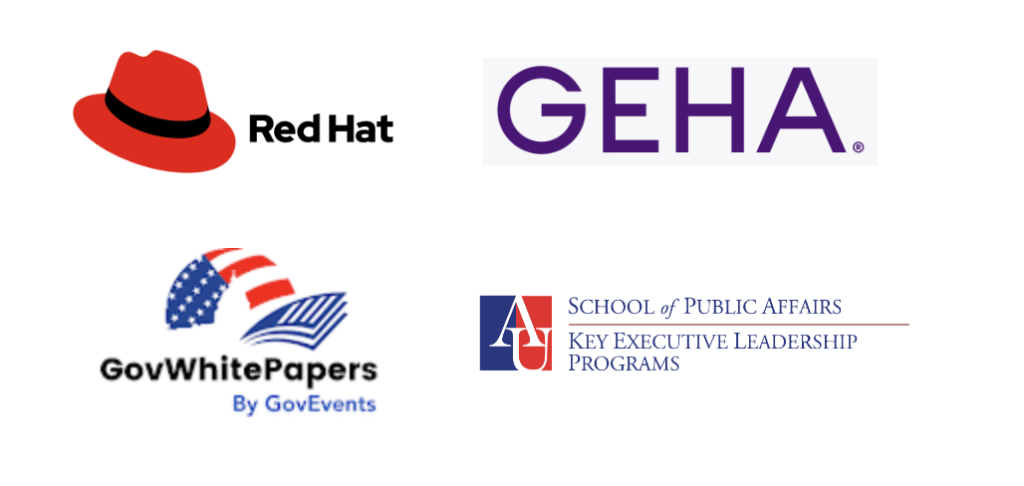There are a lot of myths regarding employee demotivation – that a demotivated employee lacks ability, that teams do not desire to improve, and that “good” employees do not become demotivated. The truth is a lot simpler.
To understand, we need to think about the difference between being demotivated and unmotivated.
Managers often use the two words interchangeably, but they are very different terms, said Lisa Jammer, Director of People and Culture in the Texas Department of Information Resources, speaking at a recent GovLoop virtual event.
“Demotivated employees are employees who are not currently motivated, but they were motivated in the past,” while unmotivated employees likely never had the spark, she said.
In other words, if you are working with a demotivated employee, there is an opportunity to get that person engaged once again.
Extrinsic vs. Intrinsic Motivation
We tend to think of compensation and perks – which are extrinsic – as the most motivating elements, but Jammer said that’s not true. Extrinsic motivation is important, but it cannot be the only pull.
“What about the enjoyment and the purpose and the growth?” asked Jammer. “All those things that matter when we go home at night, and we sit down and think about what our day was like.”
Remote work, in particular, puts a focus on intrinsic motivation. Not being in the office surrounded by their co-workers, the employee has few extrinsic social motivators (e.g., less peer pressure), leaving them to consider, “Where’s my passion?” and “Does this job really excite me?”
Intrinsic motivation springs internal, but managers can create conditions that encourage internal commitment and growth, which benefits an employee’s individual career journeys, as well as their performance on a team.
Connect Mission to Journey
One way to get demotivated employees re-engaged is to help them get focused on mission.
Getting a new job is like getting a new car, Jammer said.
“When you get a new car, you love the look, you love the smell, and sometimes even walk by the side of it, and it just glows a certain way,” she said. “And if you think about it, this is exactly how you feel in the early stages of your employee journey.”
At the beginning, typically, the employee is proud to share news of their job with friends and optimistic about their career as a whole. Following the “honeymoon” stage of this new journey, the work comes in. The car may need an oil change, some work on the paint job.
“This is where the ‘manage me’ engagement, ‘recognize me’ happens, because this is where the work is. Or, as we say, the rubber meets the road,” she said.
When managers connect with employees at this stage, it’s either working with or against the employees’ intrinsic values and setting a tone for their experience.
As Jammer notes, the government sector offers unique opportunities to serve a bigger cause than oneself, or “working with purpose.” To that end, employees must understand and buy into the agency’s mission statement
“That’s the key piece to the who, the what, and the why,” said Jammer. “We are all so good at talking about why we exist as an organization. But we have to tie the organization’s mission to the employee journey.”
Jammer uses the term “line of sight” to mean the connection between the employees’ day-to-day work to the organization’s total mission.
“When you roll out your annual plan, empower leaders, and if you are those leaders find a way to sit down with that plan and make it plain to your employees,” she said. “Define how they are contributing to the larger purpose of the organization so that they can feel that intrinsic value and that intrinsic motivator that they need to produce.”
Cultivate Psychological Safety
Another way to help employees is to make the workplace a safe space, psychologically speaking.
Psychological safety is the “ability to show up in an organization and be myself without fear of negative consequences,” she said. “If I show up, just as I am, what happens to my self-image, and what happens to my employment status? And will I still have opportunities to develop and grow?”
In her view, there are four quadrants to psychological safety: the safety to learn, the safety to experiment, the safety to make mistakes, and the safety to challenge and collaborate. To determine the level of safety, employees may ask themselves:
- Am I able to speak up?
- Can I express my ideas in an environment without feeling like, I’ve embarrassed myself?
- Can I interact with my colleagues in a way that I don’t have to agree all the time?
The presence of psychological safety allows employees to connect their individual journeys to the organization’s mission and build the intrinsic motivation that keeps them engaged, invested, and present.
“When we talk about being free to be psychologically safe in your environment, there are two mindsets that come into play,” Jammer said. “A fixed mindset says, ‘You know what? I’m either good or I’m bad.’”
That black-and-white tendency affects managers as well as employees, and keeps them from experimenting, growing, and receiving feedback, because they don’t know how it will affect their safety.
A growth mindset across the organization keeps employees progressing, learning, failing safely, and trying new things.
“Remember, everything we do is truly a journey,” Jammer said. “Now’s your opportunity to start moving toward a growth mindset. For some of you, it may be a culture change for your organization.”
Sponsored by:






Leave a Reply
You must be logged in to post a comment.